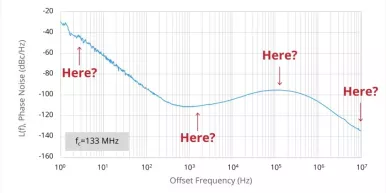Gary Giust, PhD
Director of System Architecture
Gary Giust, PhD, is a Director of System Architecture at SiTime. Prior to SiTime, Giust founded JitterLabs, and previously worked at Applied Micro, PhaseLink, Supertex, Cypress Semiconductor, and LSI Logic. Giust is an industry expert on timing, has co-authored a book, is an invited speaker, an internationally published author in trade and refereed journals, and a past Technical Chair for the Ethernet Alliance's backplane subcommittee. He holds 21 patents. Giust obtained a Ph.D. at Arizona State University, Tempe, an MS at the University of Colorado Boulder, and a BS at the University of New Hampshire, Durham, all in electrical engineering.




